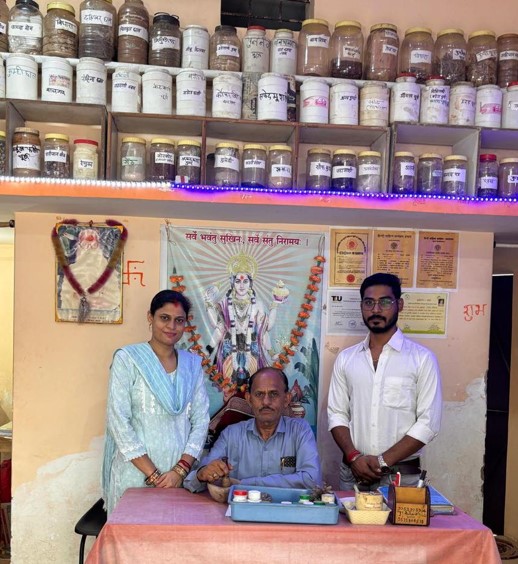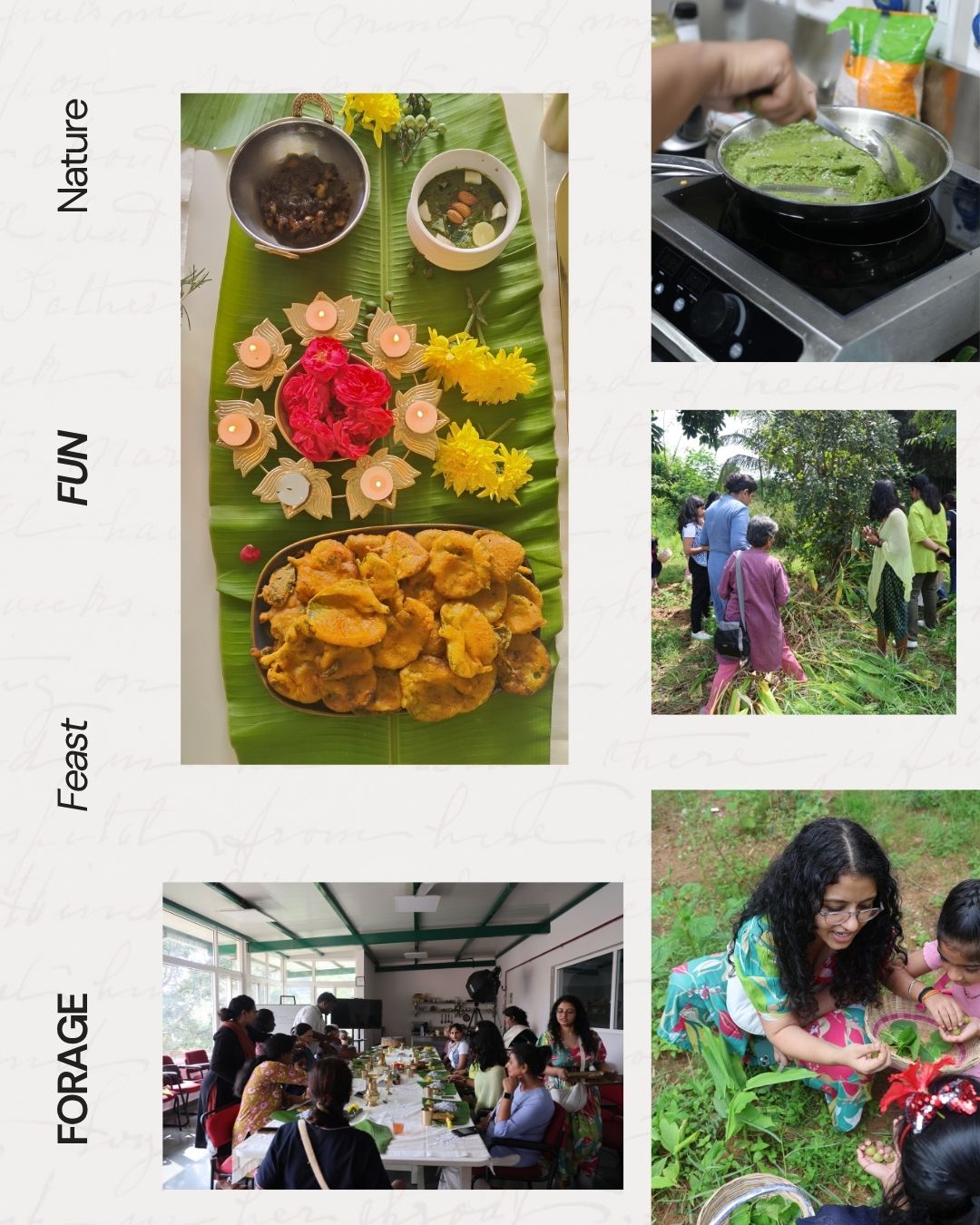Citron fruit (Kanchikai) - An Ingredient as Food and Medicine (Part 1)
Continuing from part 1, know more about the properties of Matulunga (Citron fruit) as per Ayurveda, uses in various conditions, mode of usage, some popular recipes, side effects and textual references

We all have our favorite pickles, don't we? What's yours? Mango, lemon, mixed vegetable, or maybe something more exotic? The first time I tasted the citron fruit was actually in the form of a pickle. Back in my village, citron is quite popular. We make a simple but oh-so-delicious pickle: just some red chili, oil, salt, and citron pulp. That's it! In Tamil, we call this tangy delight "narthangai oorgai."

Photo credits: Dr. Subrahmanya Kumar
The citron fruit resembles a large lemon, distinguished by its thick skin and minimal inner pulp. Various parts of the fruit—peel, seeds, and pulp—are utilized in Ayurvedic medicine. It is especially effective for treating abdominal colic, digestive disorders, and piles.
Citron fruit offers relief from colic pain, anorexia, constipation, digestive issues, alcoholism, hiccups, shortness of breath, cough, vomiting, and disorders related to feces, especially those arising from imbalances in Vata and Kapha doshas. Citron juice is also used to alleviate bee sting pain and treat scurvy, as noted in Charaka Sutrasthana 27/154.
Oranges, limes, lemons, grapefruits, and other types are hybrids involving three ancestral species - citrons (C. medica), mandarins (C. reticulata), and pummelos (Citrus maxima). Citrus taxonomy as a result is quite chaotic and complex because of all the admixtures and interspecific hybrids. The origin of Citrus has generally been considered to be in Southeast Asia, a biodiversity hotspot. Specific regions include the Yunnan province of southwest China, Myanmar, and northeastern India in the Himalayan foothills. The origin of Citrus medica, the citron, a pure species also has its origin in this area.

Citrus medica: Names in Different Languages- (FRLHT's ENVIS Centre on Medicinal Plants, Bengaluru)
- Hindi: Bijoura, bara neebu, purak
- English: Citron, wild lemon
- Bengali: Begpur
- Kannada: Heralikayi, Madela, Mahaphala, Rusaka, Rusakam
- Telugu: Madiphalam, Nimmakaya, matulungamu, Dabbakaya
- Tamil: Kadara-Narthangai
- Malayalam: Ganapathi Narakam, cerunaarakam, Narthangayi
- Konkani: Mauling
- Assamese: Namutenga/kaji tenga, Jora tenga
- Gujarati: Turanj
- Marathi: Mahalunga
Seasonal Advice:
- Rainy Season: Consume with saindhava lavana (rock salt).
- Sharad Season: Take with sugar candy.
- Hemanta Season: Mix with salt, ginger, asafetida, and black pepper.
- Shishira and Magha Seasons: Follow the same advice as Hemanta.
- Grishma Season: Combine with jaggery for consumption.
Nutrition composition: USDA National Nutrient Database for Standard Reference.
- Calories: 29 kcal
- Water: 91%
- Carbohydrates: 6-8 g
- Fiber: 2.5-3 g
- Sugars: 2-3 g
- Protein: 0.9 g
- Fat: 0.3 g
- Vitamin C: 77 mg
- Calcium: 26 mg
- Iron: 0.6 mg
- Potassium: 235 mg
- Magnesium: 10 mg

References:
- Royal Botanic Gardens, Kew
- Bhojana Kutuhalam
- Charaka Samhita, Chikitsa Sthana
- Sushruta Samhita, Sushruta Chikitsa Sthana 45/65
- USDA National Nutrient Database for Standard Reference.
- FRLHT's ENVIS Centre on Medicinal Plants, Bengaluru


.png)
.jpeg)




